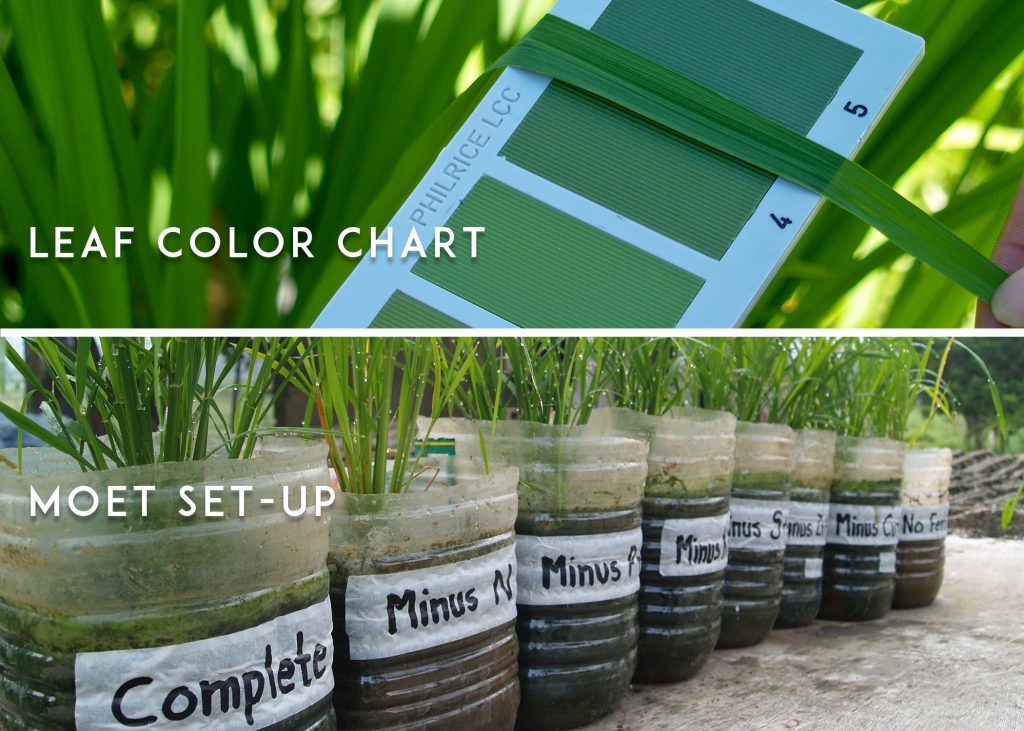
The Philippine Atmospheric, Geophysical, and Astronomical Services Administration recently announced the beginning of the rainy season. For rice farmers, this marked another period of tireless labor to produce the country’s main staple.
While some get overwhelmed, Nueva Ecija farmer Julian Soteo, 64, never frets. He makes sure that his decisions are right, especially in nutrient management.
Farmers’ ally
Fertilizers are essential as they help nourish the crop and produce good yield. The book titled, “Competitiveness of Philippine Rice in Asia,” stated that most farmers use fertilizers, but not all can optimize its use to increase productivity.
PhilRice senior training specialist Joel Pascual said that sufficient nutrients from tillering to early panicle initiation and flowering stages must be applied.
“Right element, amount, and time (right EAT) should be observed,” he said.
Too much fertilizer, he said, may result to additional cost and complications as in the case of extravagant Nitrogen that causes excessive growth and makes the rice plant more attractive to pests. Excessive application also pollutes the environment. Meanwhile, inadequate nutrients may lead to stunted growth and unfilled grains.
Following this principle, Mang Julian uses the Minus One Element Technique (MOET) and Leaf Color Chart (LCC). LCC is a fast and handy device that measures the Nitrogen requirement of the rice plant; MOET determines soil nutrient deficiencies.
“Before using the MOET LCC, I had no idea if I’m applying less or too much fertilizers. I just guess,” the retired soldier said.
Better days
According to Mang Julian, farming is better with MOET and LCC. He conducts MOET analysis every after two cropping seasons and carries LCC every time he visits his field. He uses LCC once a week until the first stage of flowering to help him monitor the exact amount and time when his crop needs Nitrogen.
“Without MOET and LCC, sometimes the fertilizers misfit the needs of the rice plant,” the farmer said. Mang Julian recommends the technologies to his fellow farmers and invites them to see the results in his farm.




